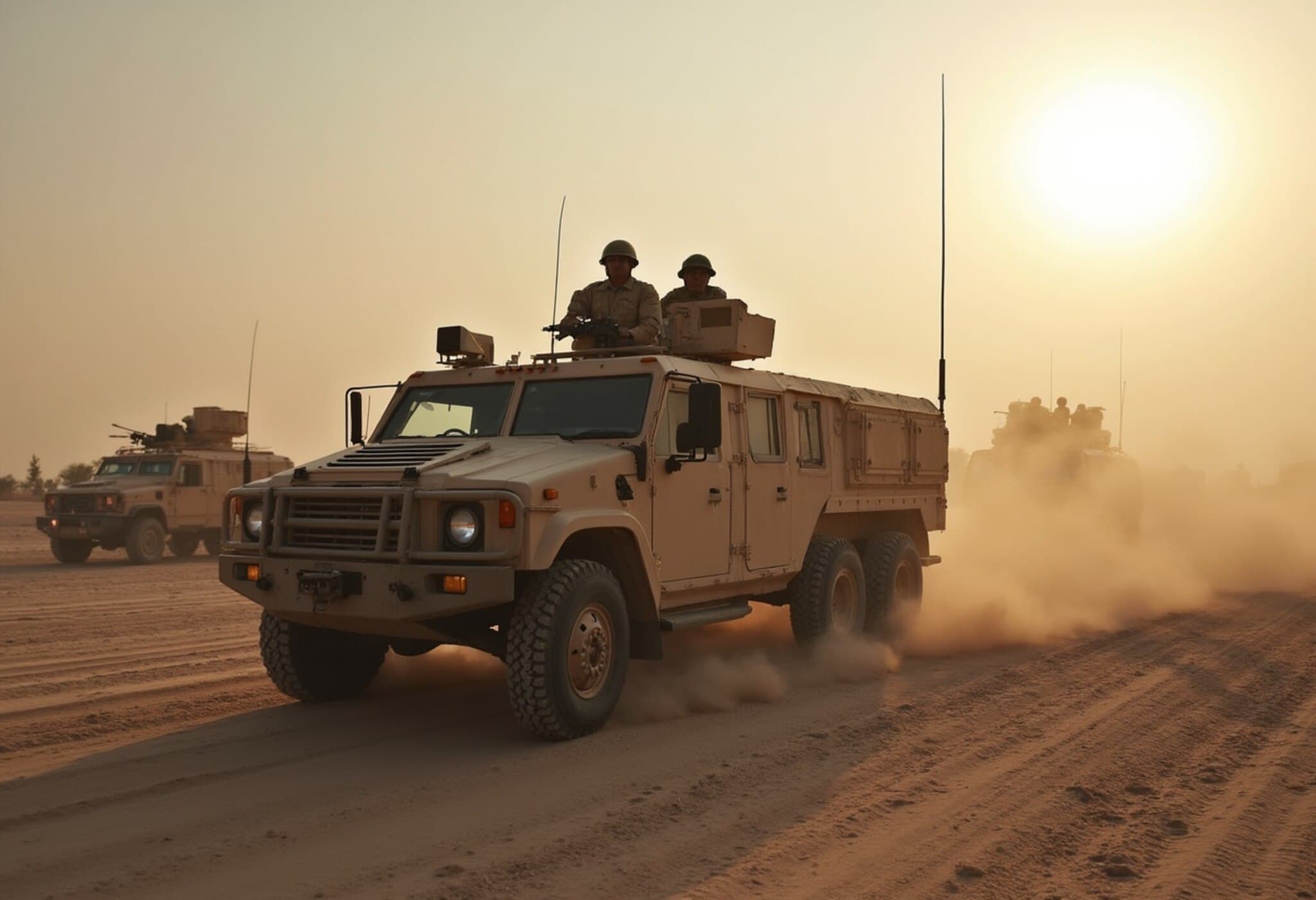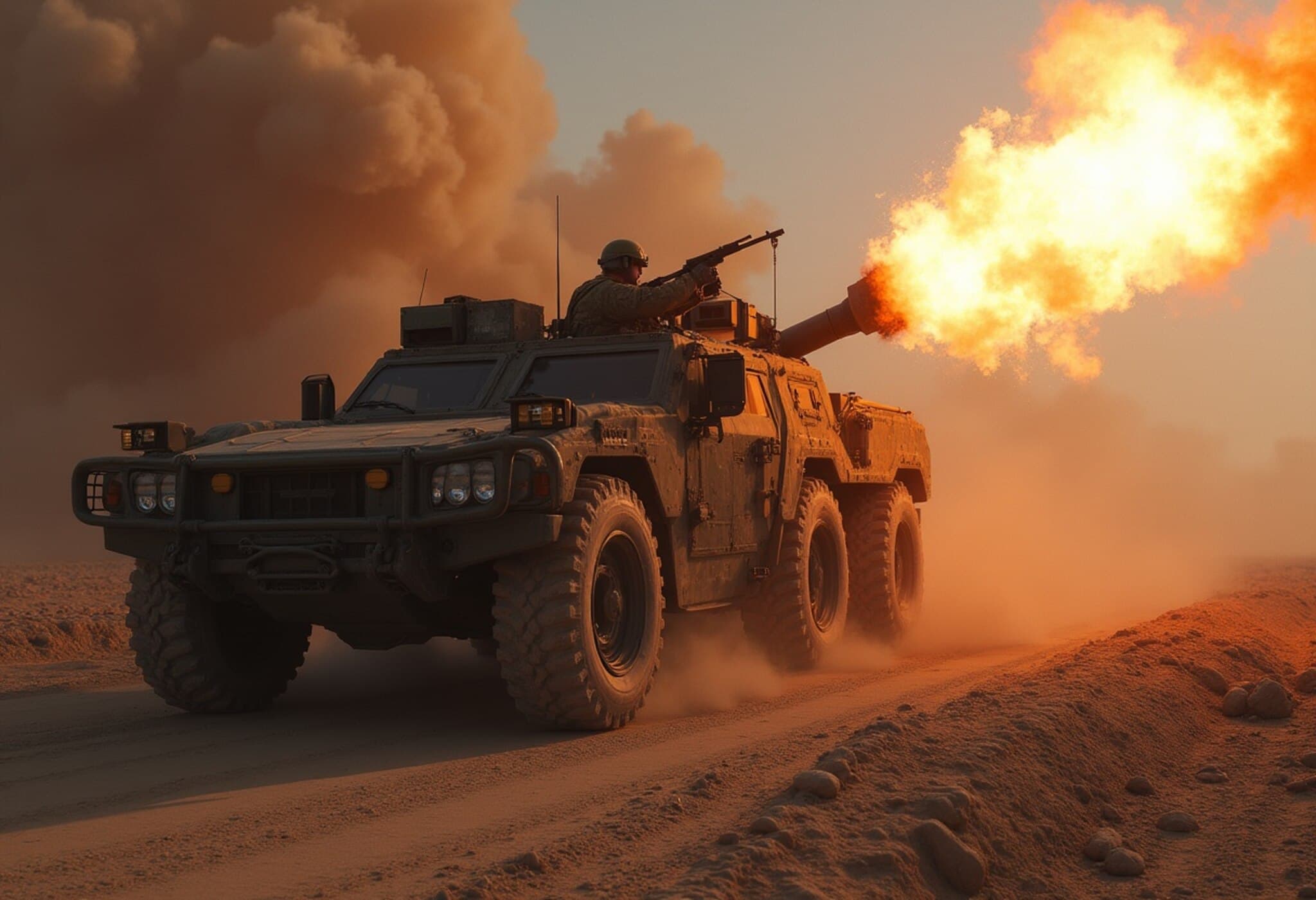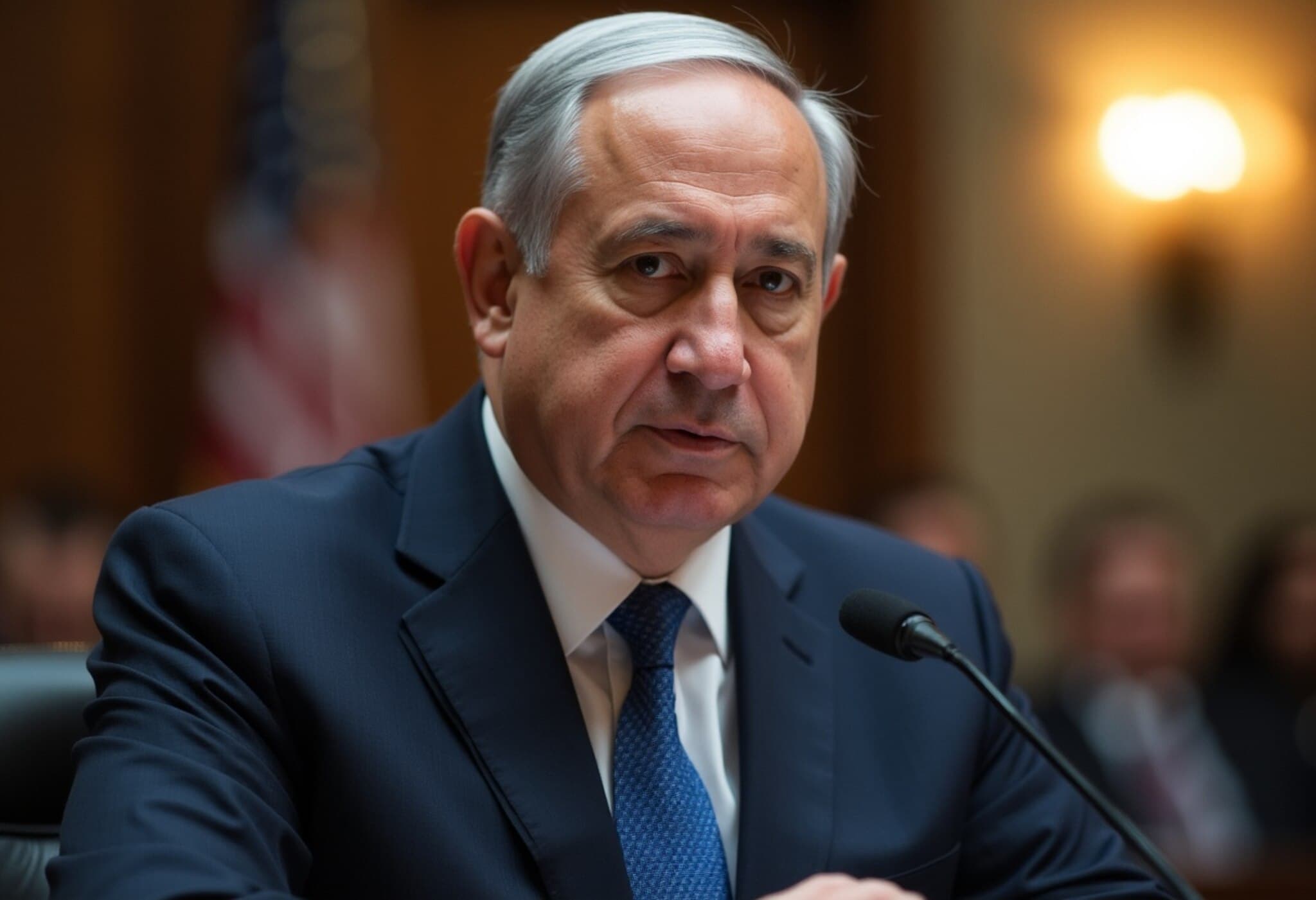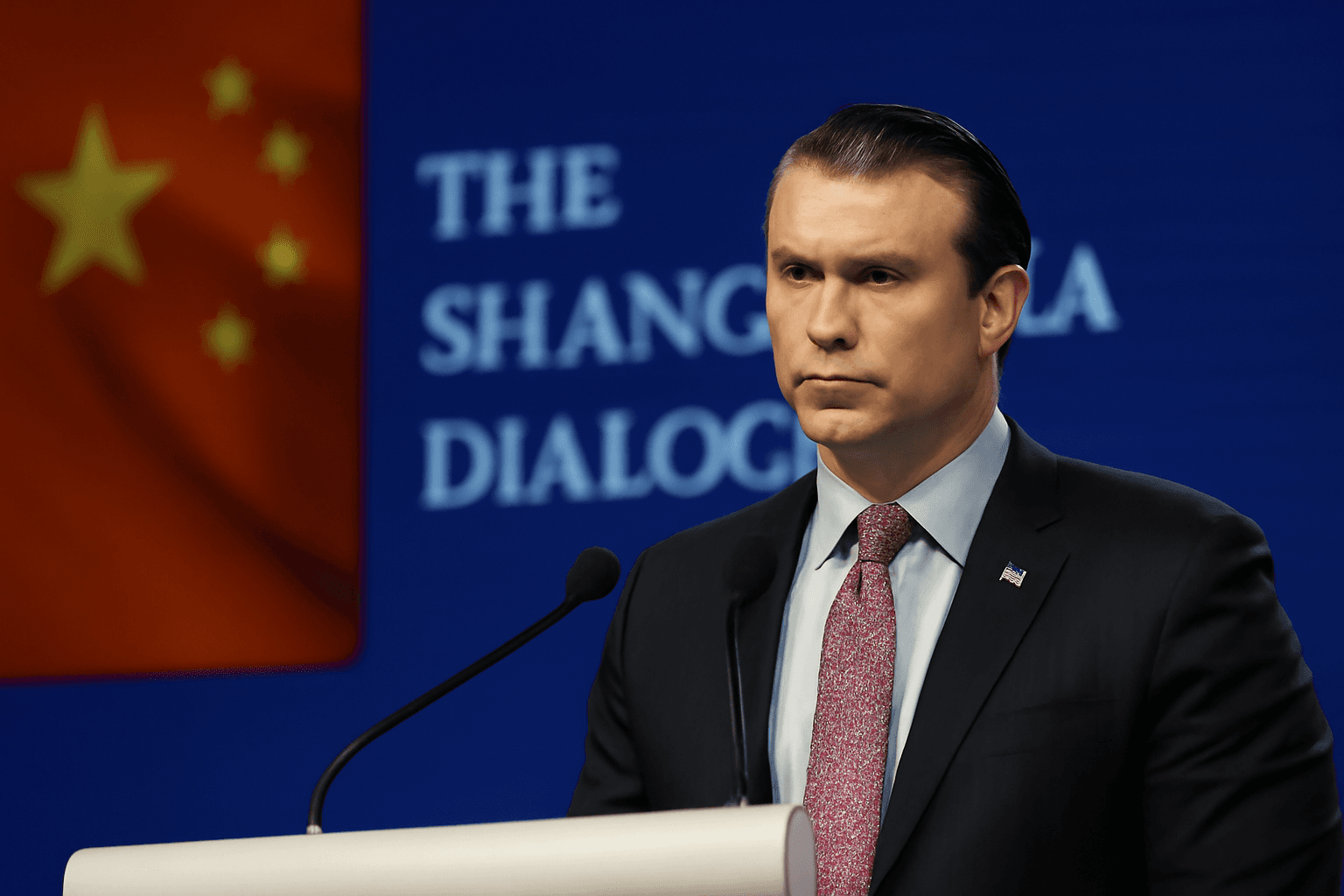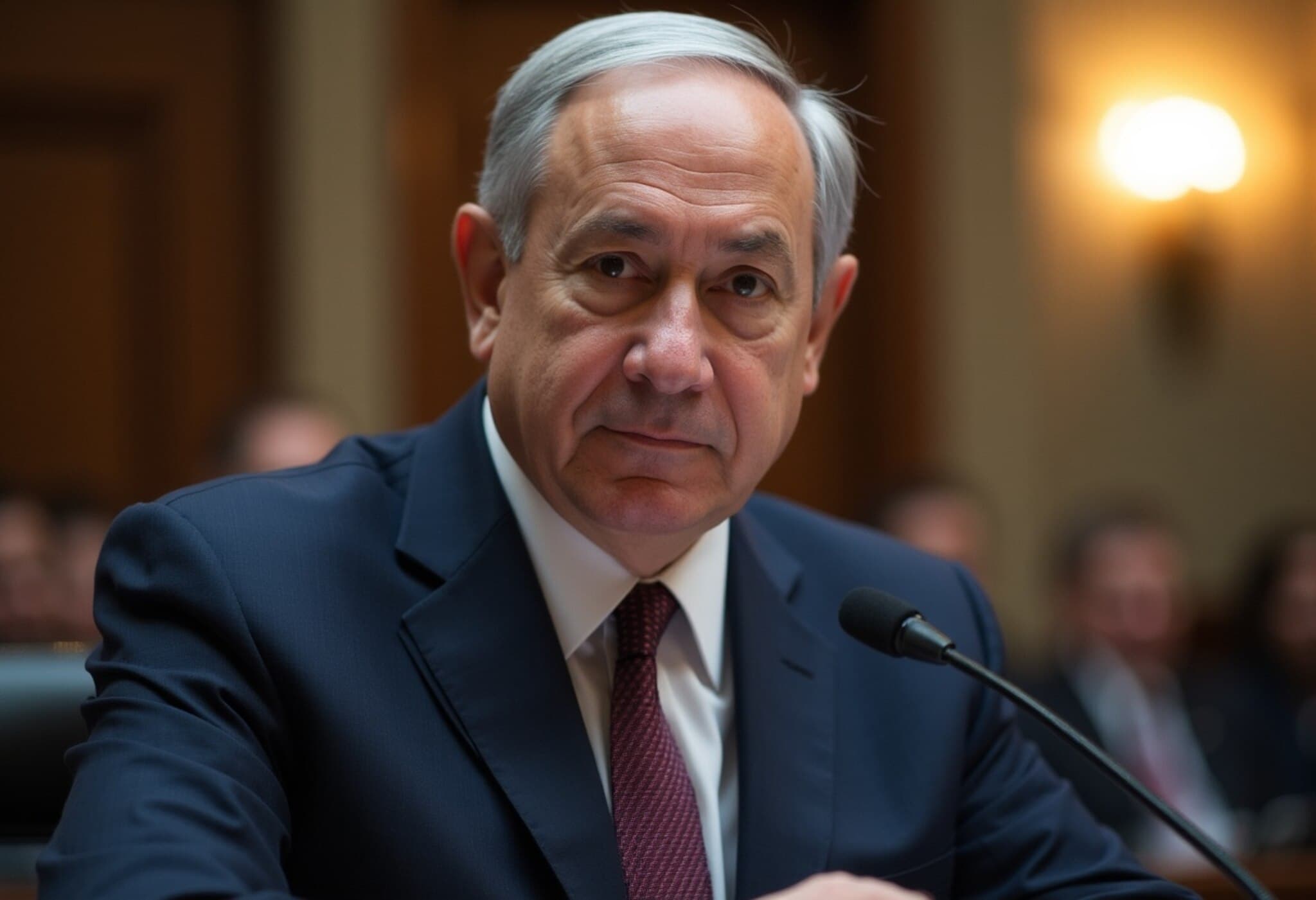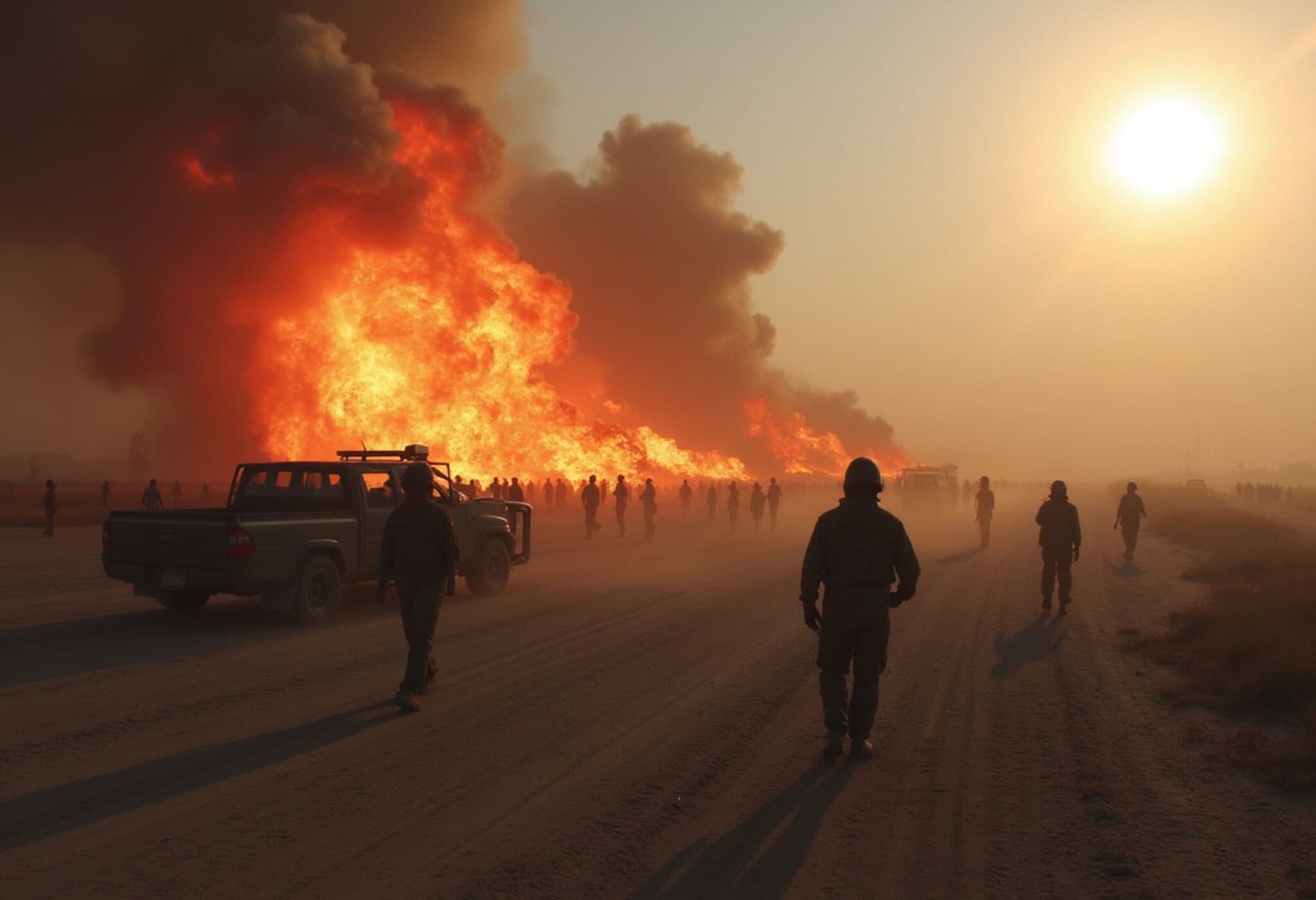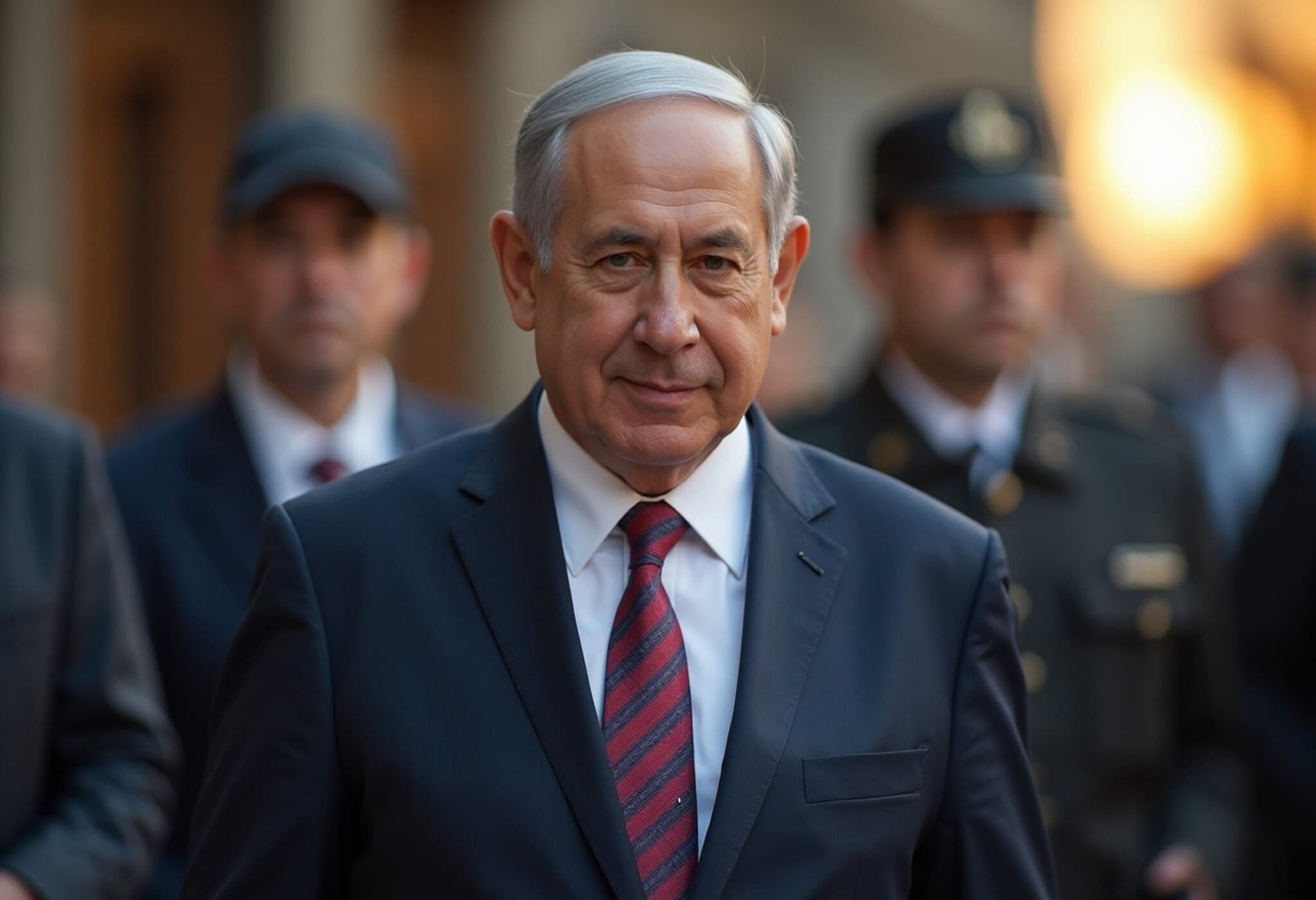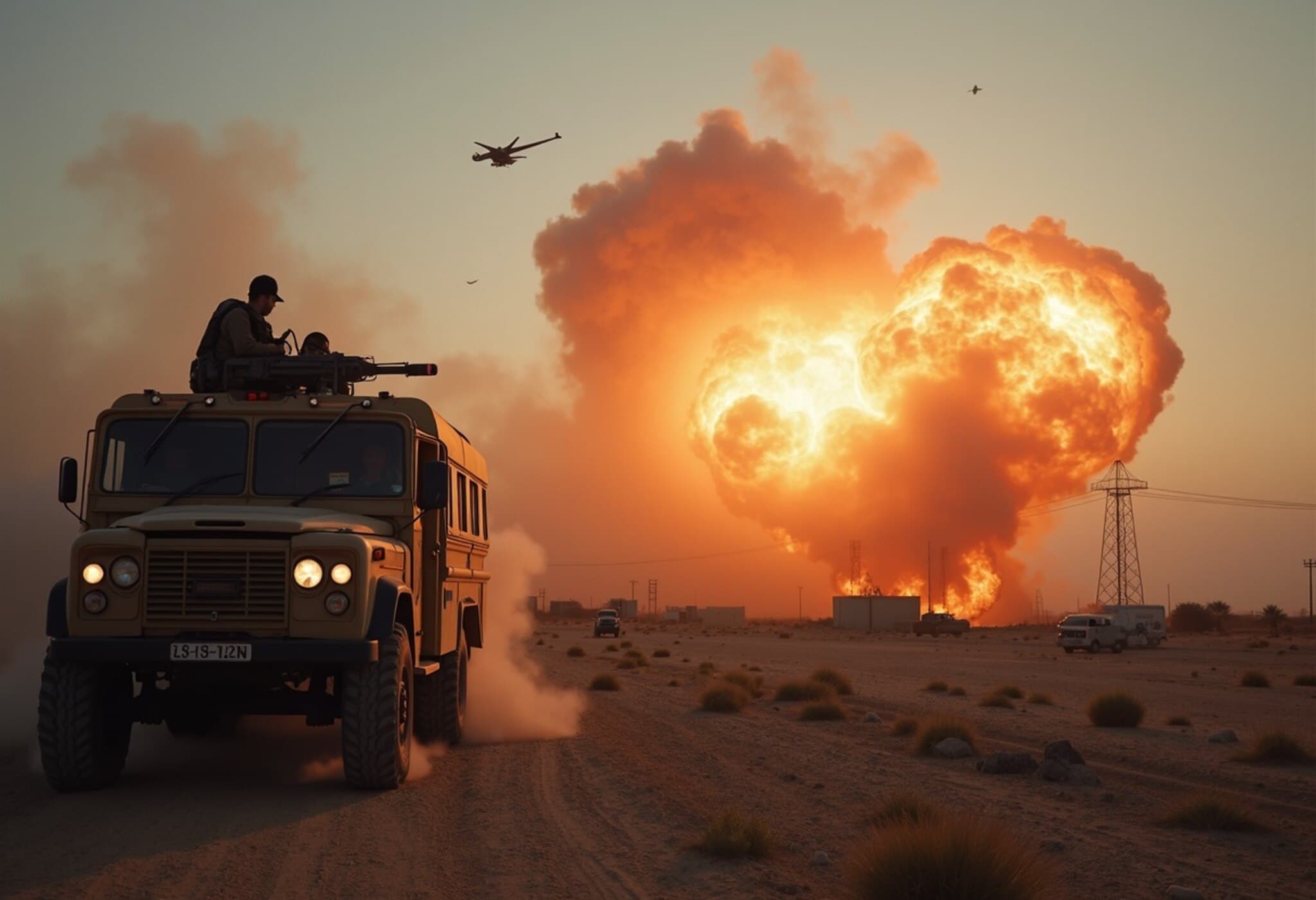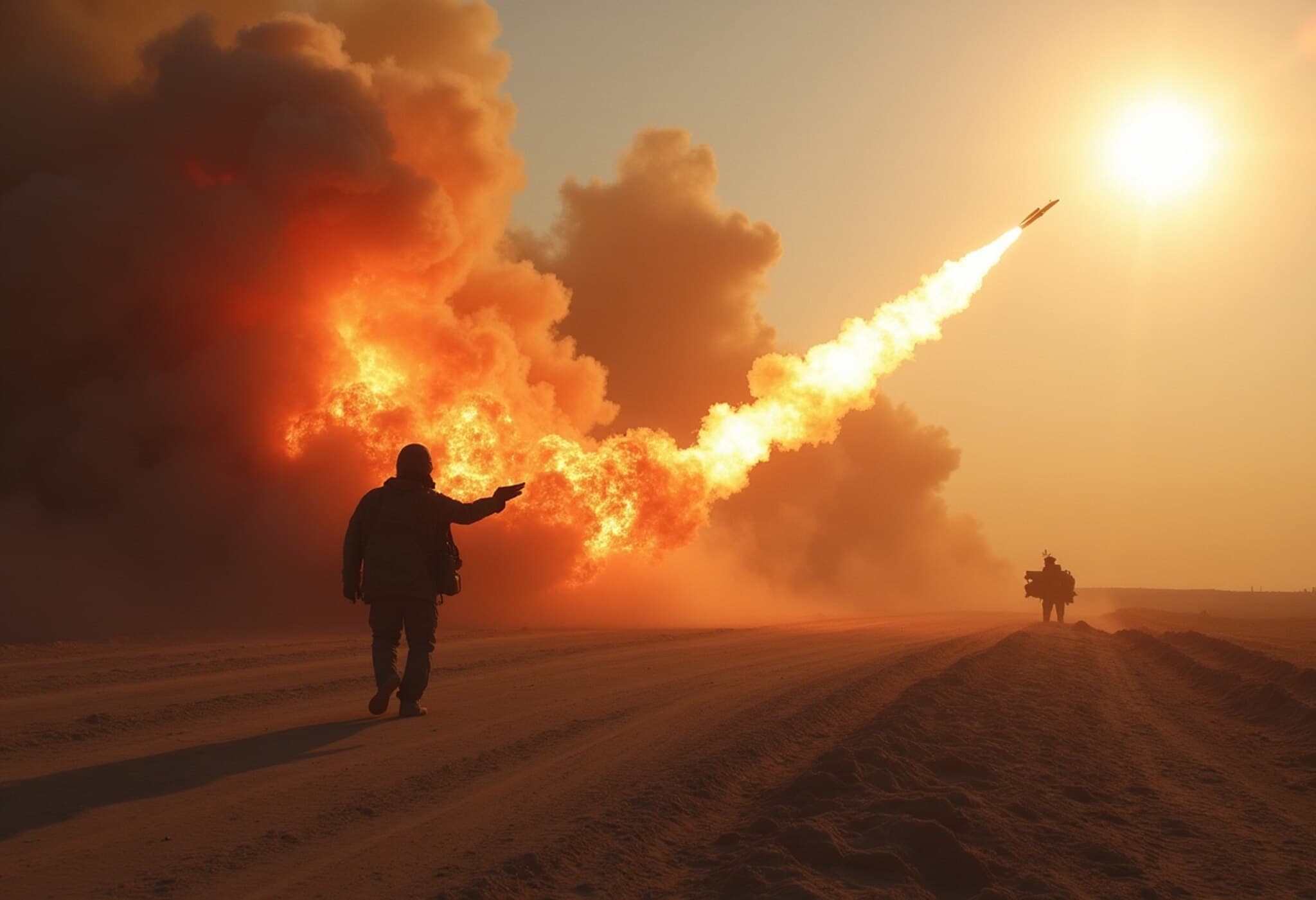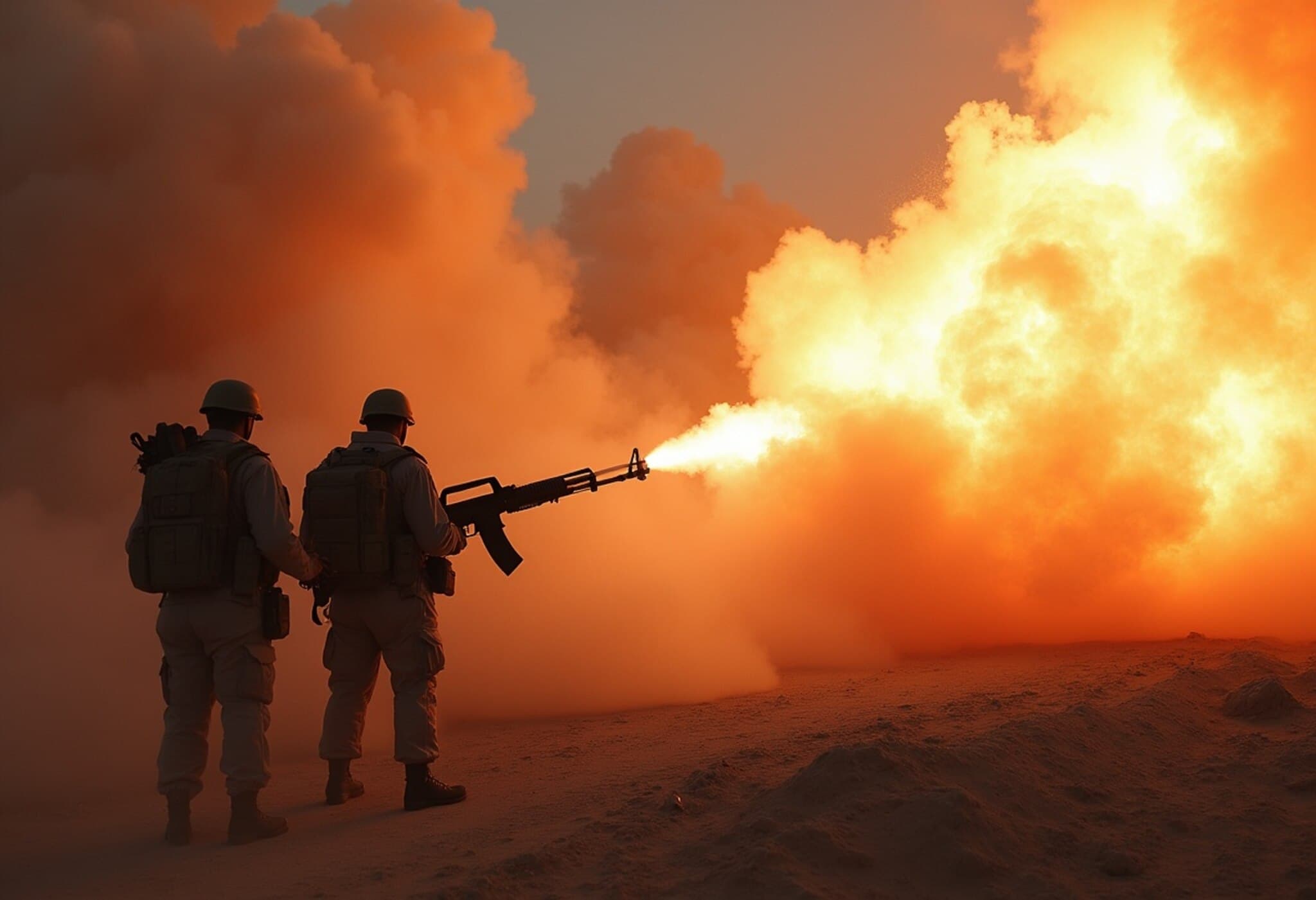Operation Rising Lion: A Masterclass in Surgical Precision
In the quiet hours of June 13, 2025, Israel launched a meticulously orchestrated operation targeting the core of Iran’s military and nuclear infrastructure. Prime Minister Netanyahu described it as "a historic campaign unlike any other," capturing the gravity yet underplaying the true impact. Far beyond a mere demonstration of military capability, this operation was a calculated move with far-reaching consequences.
A Strategic Campaign Unfolded in Three Phases
Operation Rising Lion was the result of years of intelligence gathering, covert infiltration, and careful planning. Israeli operatives embedded assets deep within Iranian territory, while pre-positioning munitions and surveying their targets relentlessly.
- Phase 1: Mossad established a secret underground drone base near Tehran. Concealed with expert precision, this covert facility became the launchpad for kamikaze drones that destroyed missile silos at the Asfajaabad base before Iran could respond.
- Phase 2: Using precision-guided systems installed covertly by Mossad, pre-positioned explosives detonated to dismantle Iran’s radar arrays, missile guidance systems, and air defense platforms, leaving Iranian airspace vulnerable.
- Phase 3: With electronic defenses neutralized, the Israeli Defense Forces (IDF) dispatched fighter jets equipped with real-time intelligence from drones and ground operatives. They targeted hardened nuclear and military complexes, notably the Natanz and Parchin sites, crippling Iran’s retaliatory capabilities.
The Covert Drone Base: Innovation Behind the Strikes
Perhaps the boldest element was the construction of a clandestine drone hub right inside Iran’s capital vicinity. This was more than an infiltration; it was a permanent presence disguised amidst civilian infrastructure. From there, explosive-laden drones targeted missile installations with surgical lethality, synchronized with remote detonations of planted explosives and concealed attackers disguised as civilian assets.
Precision in Assassination: Targeting Iran’s Military Leadership
This campaign was not indiscriminate warfare—it was a highly calibrated strike against key figures shaping Iran's nuclear and military strategy. Four senior commanders were eliminated with remarkable precision:
- Major General Hossein Salami, IRGC Head, killed via a micro-drone disguised within his residence’s HVAC system.
- Dr. Fereydoun Abbasi-Davani, former Atomic Energy chief, was assassinated by a GPS-locked quadcopter drone during transit.
- General Mohammad Bagheri, Armed Forces Chief of Staff, eliminated using triangulated drone strikes guided by cellular signal interception.
- General Amir Ali Hajizadeh, IRGC Aerospace Force commander, killed by a loitering munition near Asfajaabad.
Months of surveillance, biometric tracking, and intelligence synchronization ensured each strike hit its precise mark.
Key Infrastructure Targets Wrecked
- Natanz Nuclear Complex: Bunker-busting munitions destroyed centrifuge halls and vital electrical systems.
- Parchin Military Site: Explosions confirmed the presence and destruction of suspected nuclear warhead facilities.
- Shahrak Shahid Mahalati: Targets included elite IRGC residential high-rises torn down in expertly timed precision strikes.
- Asfajaabad Missile Base: Reduced to rubble, eliminating Iran’s missile launch capacity.
A Legacy of Surgical Strikes and Strategic Calculus
Operation Rising Lion marks the newest chapter in a lineage of covert operations defining Israel’s military doctrine:
- 1960 – Operation Finale: The capture of Adolf Eichmann demonstrated that justice knows no borders.
- 1981 – Operation Opera: A daring airstrike destroyed Iraq’s Osirak reactor, setting a precedent for preemptive action.
- 2007 – Operation Orchard: The obliteration of a Syrian nuclear site highlighted precision in action amidst denial.
- 2010–2020 – Targeted Killings: Systematic assassinations of Iranian nuclear scientists choked Tehran’s nuclear advancements.
This operation reinforces that Israel acts decisively where others resort to diplomacy and sanctions.
Global Response and Strategic Implications
Iran’s government rejected claims of a crippling blow, labeling it "Zionist terrorism." Russia offered mild condemnation, China called for restraint, while the United States declined direct comment, suggesting tacit support. Analysts worldwide consider Rising Lion a textbook case in intelligence-led warfare.
Key Takeaways from the Operation
- Human Intelligence Prevails: Deep-rooted networks and linguistic mastery eclipsed raw firepower.
- Orchestrated Warfare: Drone swarms, embedded explosives, and satellite coordination created a symphony of destruction rather than chaotic combat.
- Air Defense Overrated: Iran’s sophisticated S-300 and Bavar-373 systems were outmaneuvered and blindfolded.
- Assassinations as Deterrents: Eliminating key commanders shook Iran’s command structure profoundly.
The Real-Life 'Fist of God'
While fiction has long depicted covert wars and precision strikes, Operation Rising Lion proved real-world campaigns can be just as precise and calculated. What was imagined as a thriller’s climax unfolded into a devastating strike against Iran’s nuclear program, reshaping regional security dynamics in a single night. By integrating intelligence, technology, and audacity, Israel not only sent a message but also rewrote the playbook for modern warfare.




